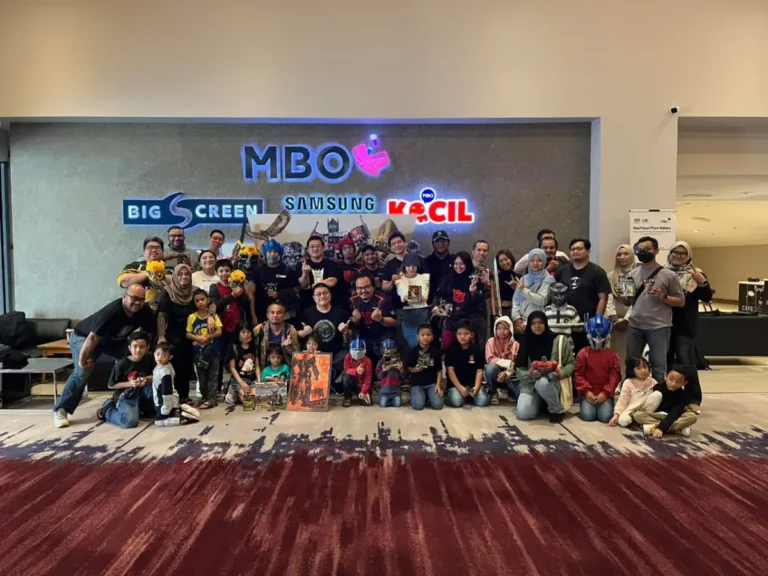
 Everyone probably knows about the highly popular movie “Transformers: Revenge of the Fallen”. It generated enormous revenue around the world. The plot sees giant robots divided into two camps: the Autobots, the good robots who protect lives and aim for a peaceful life, and the Decepticons, the evil robots who seek to conquer the universe and who will destroy everything that gets in their way.
Everyone probably knows about the highly popular movie “Transformers: Revenge of the Fallen”. It generated enormous revenue around the world. The plot sees giant robots divided into two camps: the Autobots, the good robots who protect lives and aim for a peaceful life, and the Decepticons, the evil robots who seek to conquer the universe and who will destroy everything that gets in their way.
Watching this movie about transformers got me thinking about organisational-change management. Here’s how: transformers in an organisation are called “change agents”, “change leaders” or “change ambassadors”. They are the leaders, or people who make the changes. However, the name Transformer refers not only to the leaders, but also to other individuals who have influence, or are role models for the kind of attitudes and behaviour that enable an organisation to change smoothly and achieve its objectives.
Transformers in an organisation can be categorised into five groups:
Top management, senior management and executives have the main responsibility to specify the direction of change, including identifying the organisational, procedural and human-capital change strategies.
Line managers have the responsibility to communicate the strategies to employees, including recommendations for continuous-change strategies that support the organisation’s objectives.
Supervisors are the people who will create operational plans from the change strategies, and will supervise the staff as they implement these plans.
Staff have the ability to influence change by their attitudes and behaviour, either supporting the change or subverting it.
The Human Resources and Organisational Development Depart-ment (HR/OD) is responsible for maximising staff effectiveness. HR/OD must be able to measure and assess the organisation’s readiness for change. HR/OD must also become an “assistant” and “consultant” for employees at all levels, from management to operations, in order to align thoughts and behaviour to conform to the direction and objectives of the change.
In each instance of change, an organisation might face various reactions from employees, including:
- shock: panic and fear of the change;
- denial: ignoring or resisting the change;
- anger: hostility to the change;
- passive acceptance: under-enthusiastic acceptance of the change;
- exploration: searching out information regarding the change and becoming aware of feelings and reactions to such changes; and
- challenge: motivated by the change and looking for ways to achieve it.
Understanding the natural reactions of people and organisations to change can help to identify ways of responding to each reaction in order to successfully facilitate strategic changes.
However, there are instances of failure in change management, and a survey has come up with the following reasons for failure:
- The change leader thought that the only announcement or communication required was one pertaining to execution of the implementation.
- Staff were not involved in the planning process for the changes.
- Staff were not informed about the benefits of the changes.
- The organisation did not control the systems or processes that were associated with the changes.
- The change leader or management had too many plans and could not prioritise them.
- Staff had no skills to cope with the changes.
- The change leader did not act as a good role model for other staff.
- There was no measure of either progress or the results being produced by the changes.
- Management and staff thought the changes were the sole responsibility of HR/OD.
- There were no assessment systems or rewards for individuals who performed successfully following the changes.
It can be seen that successful change management depends on Transformers who exist at all levels within an organisation, and who can help to successfully implement transformational changes.
It is hoped that organisations will not be burdened by Decepticons, Transformers who resist change and who persuade others to resist as well, but instead will have their own Autobots, Transformers that lead organisations to permanent success.
Source: National Multimedia






